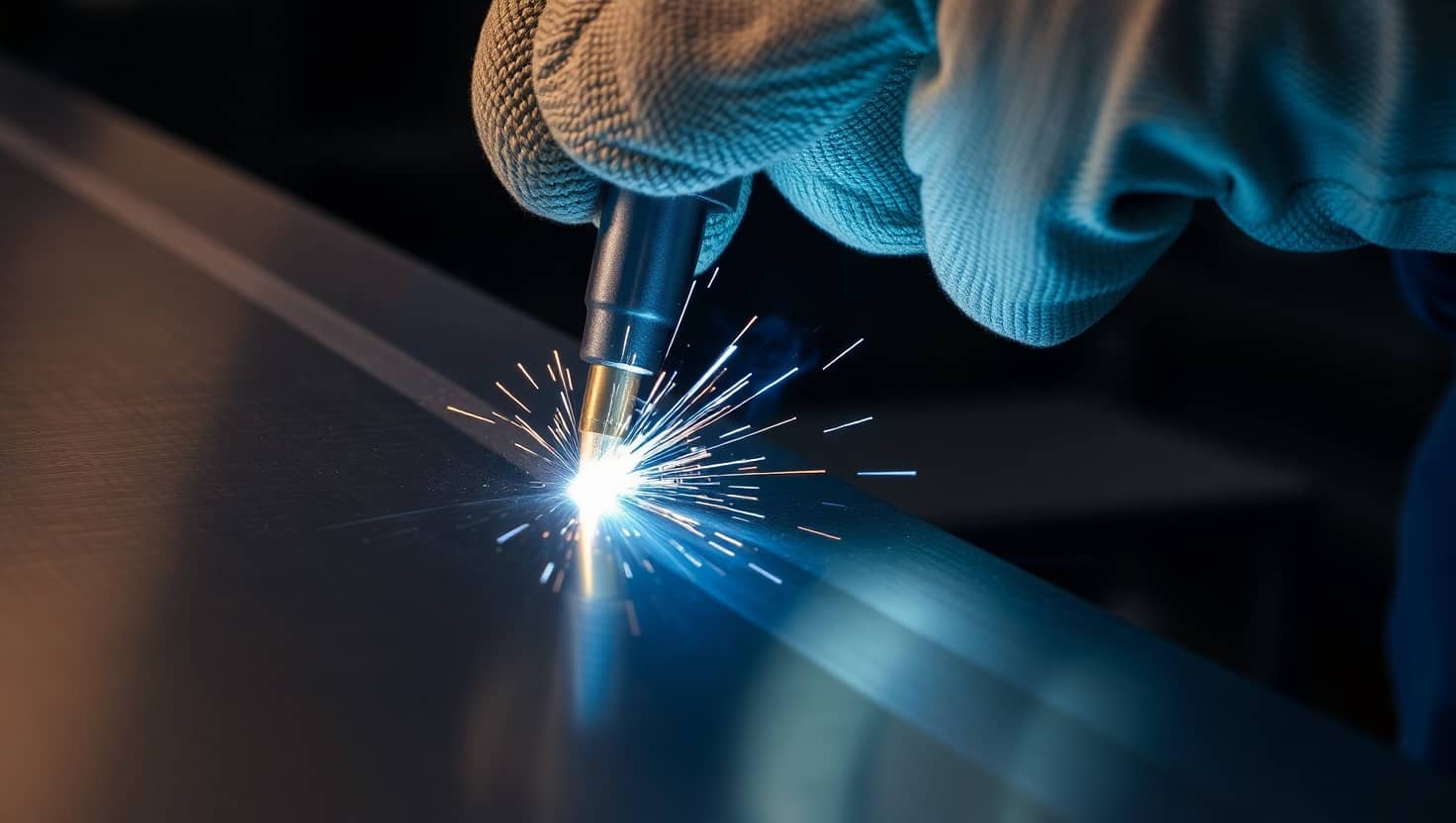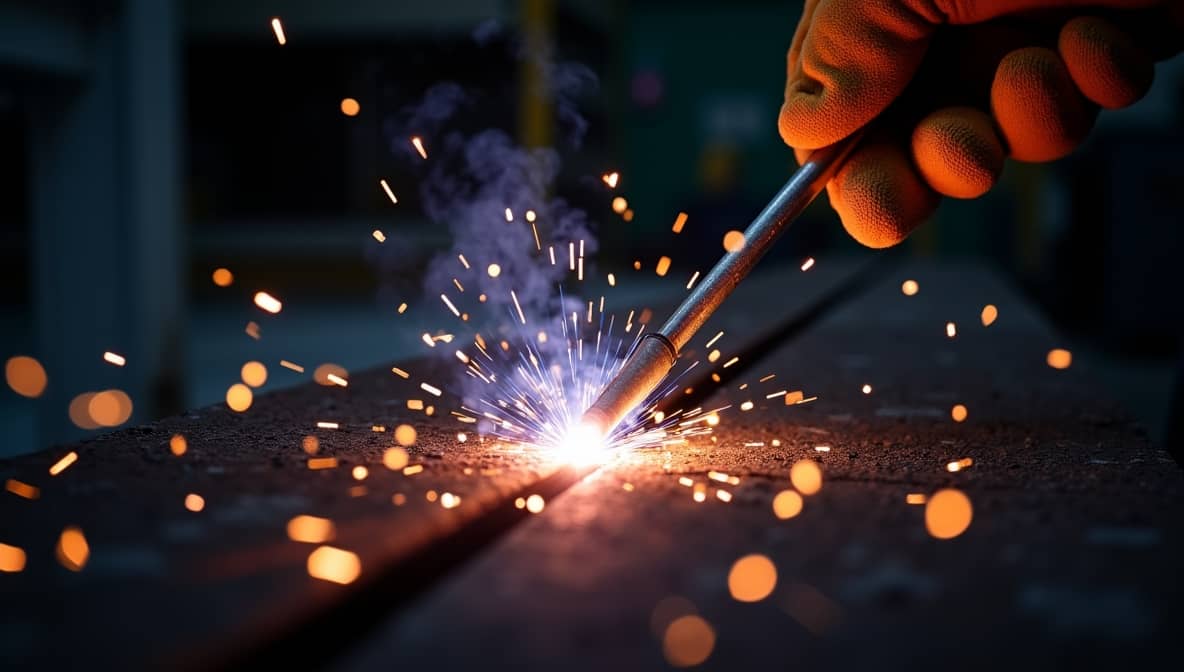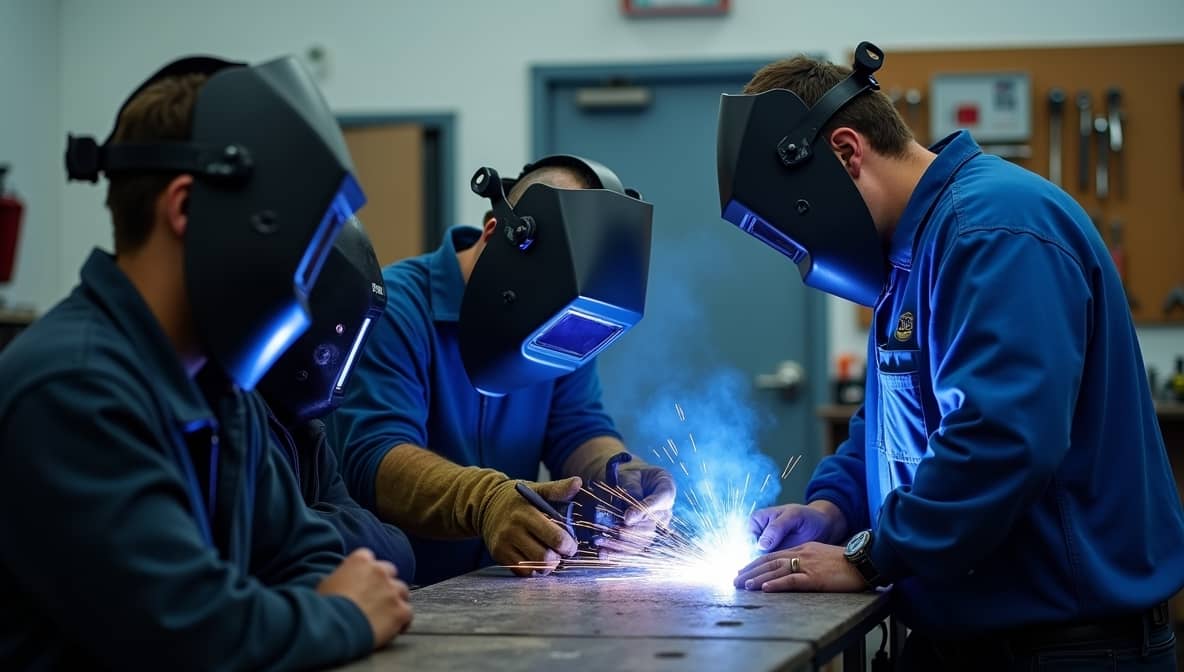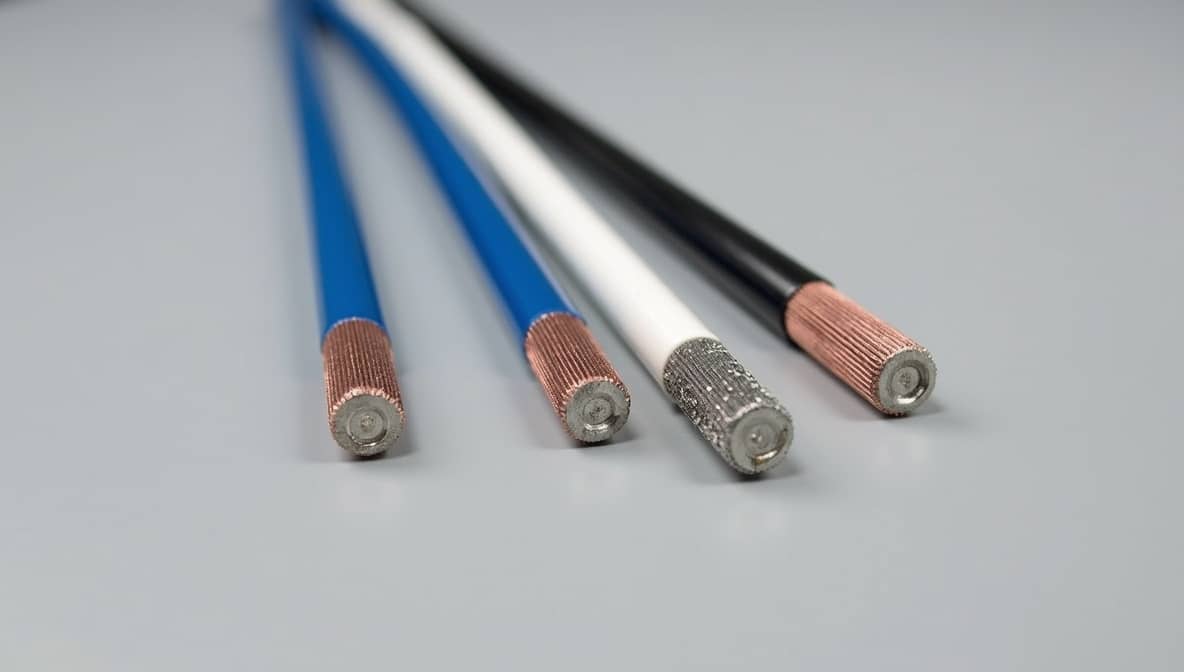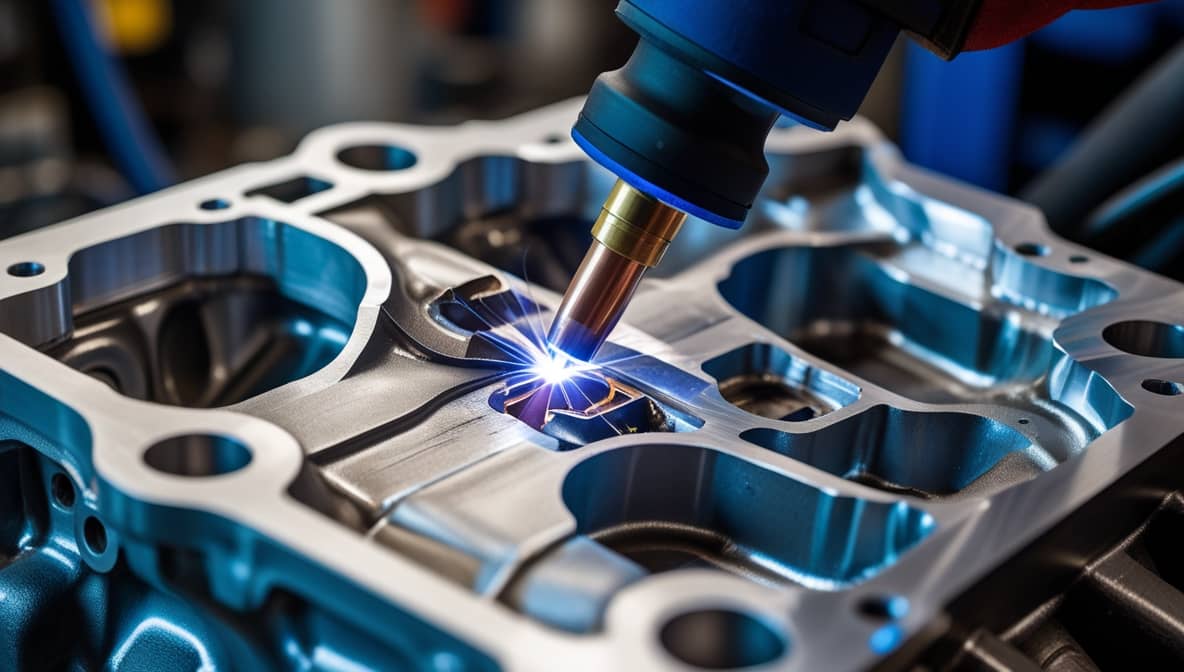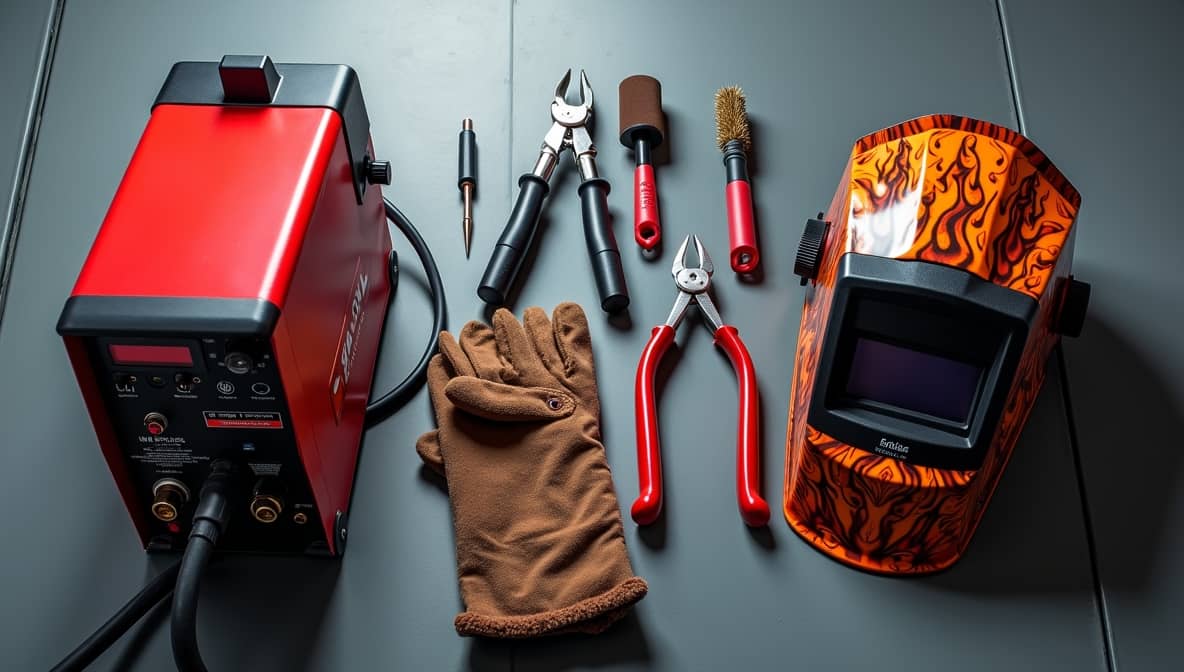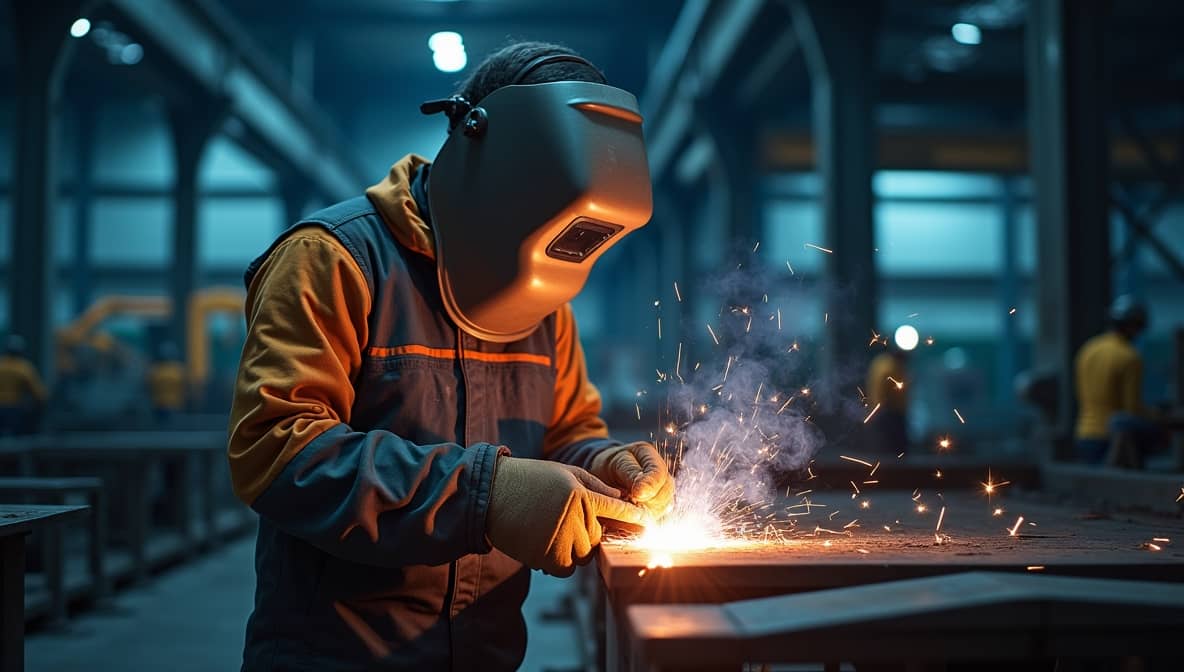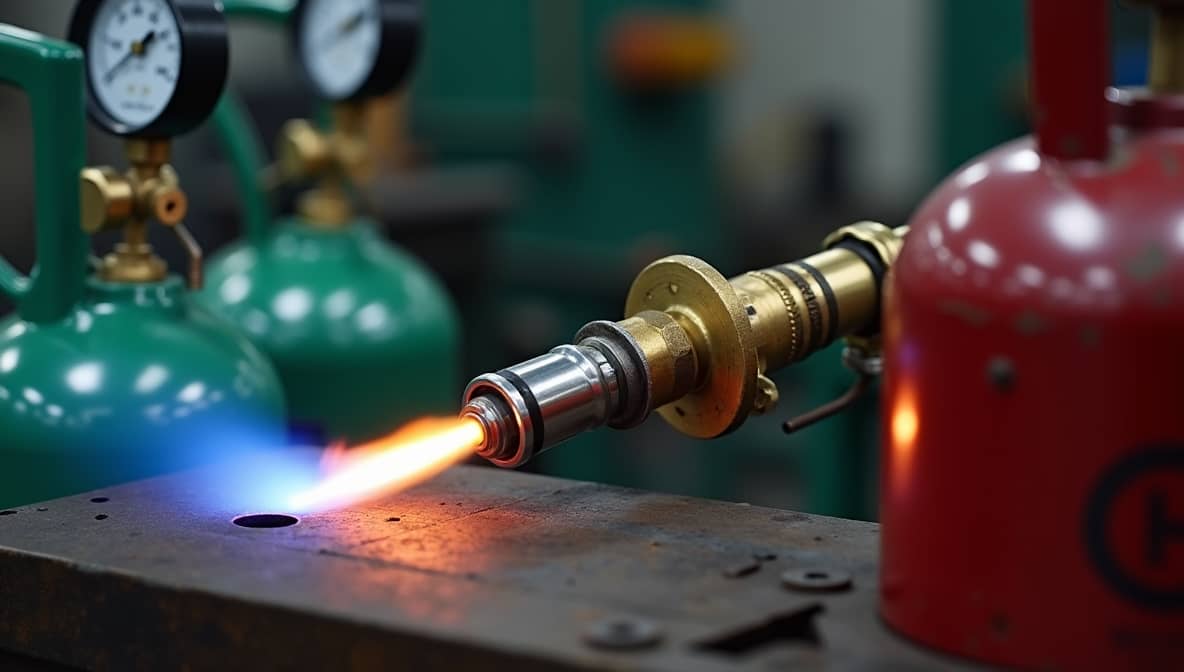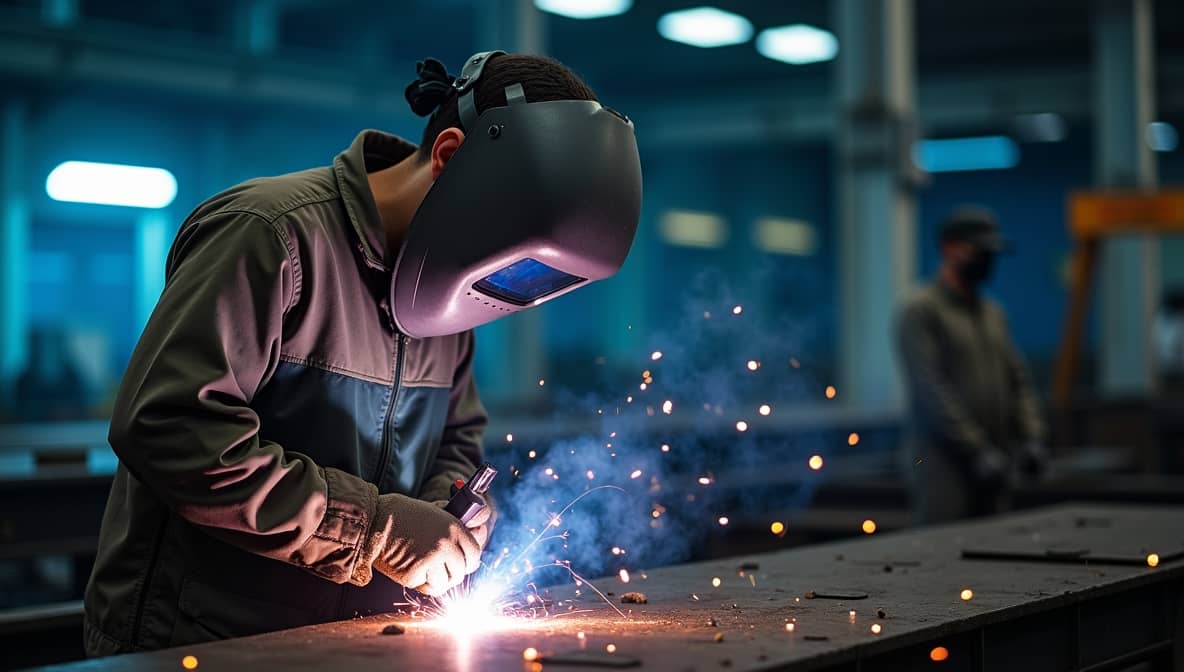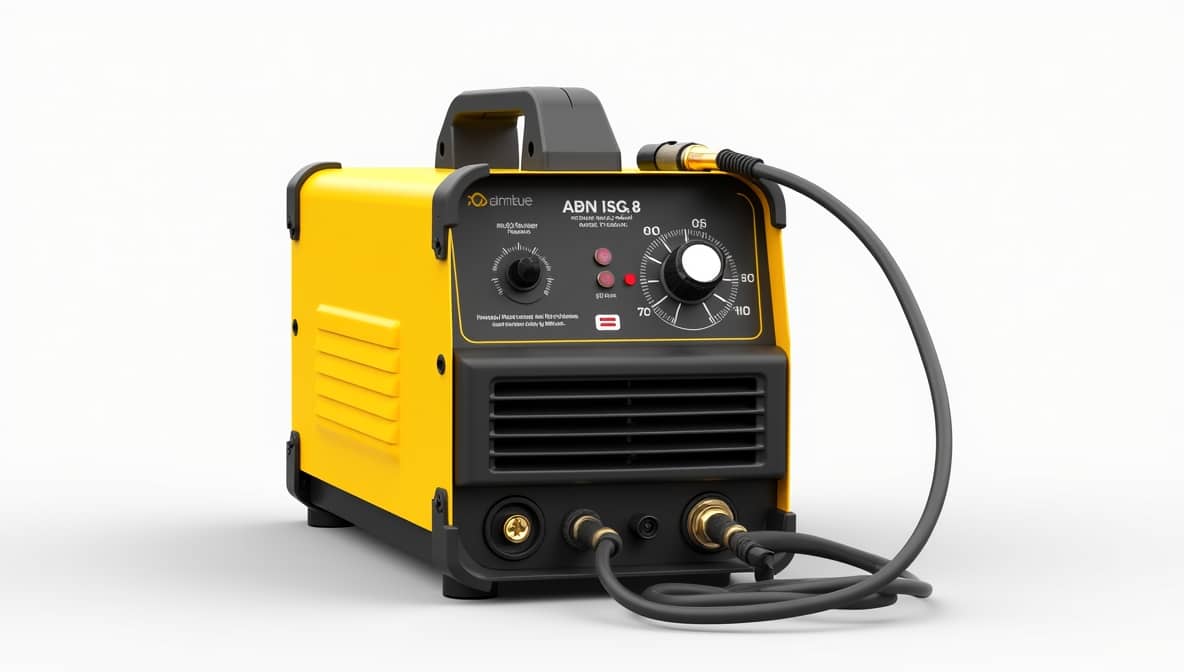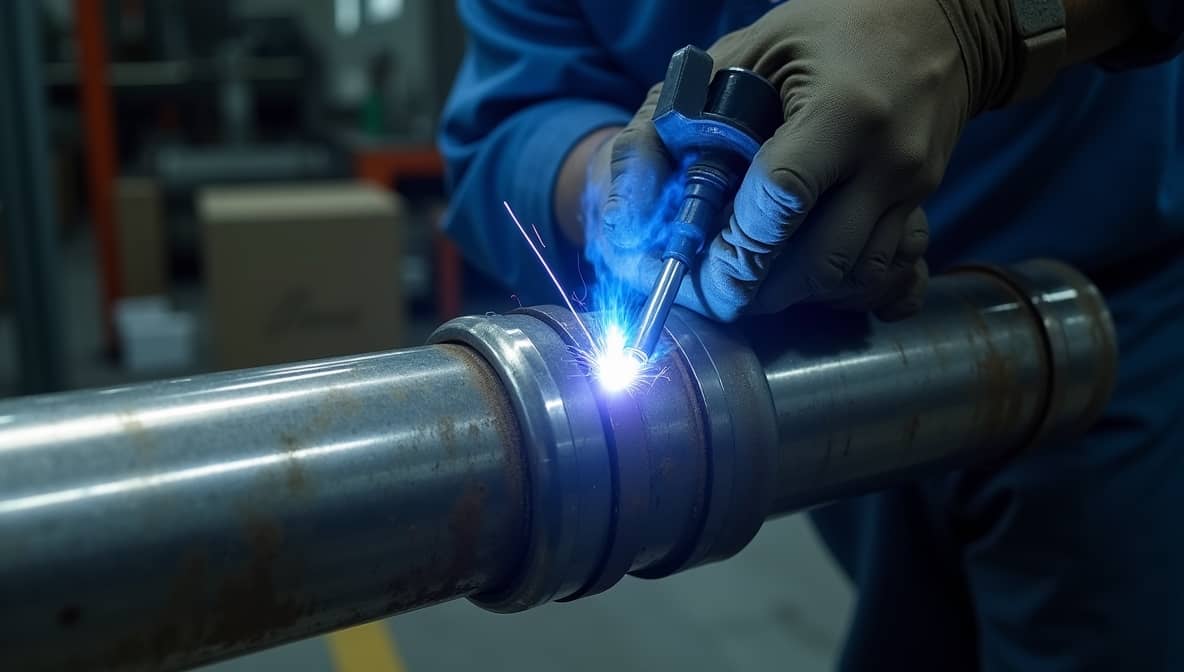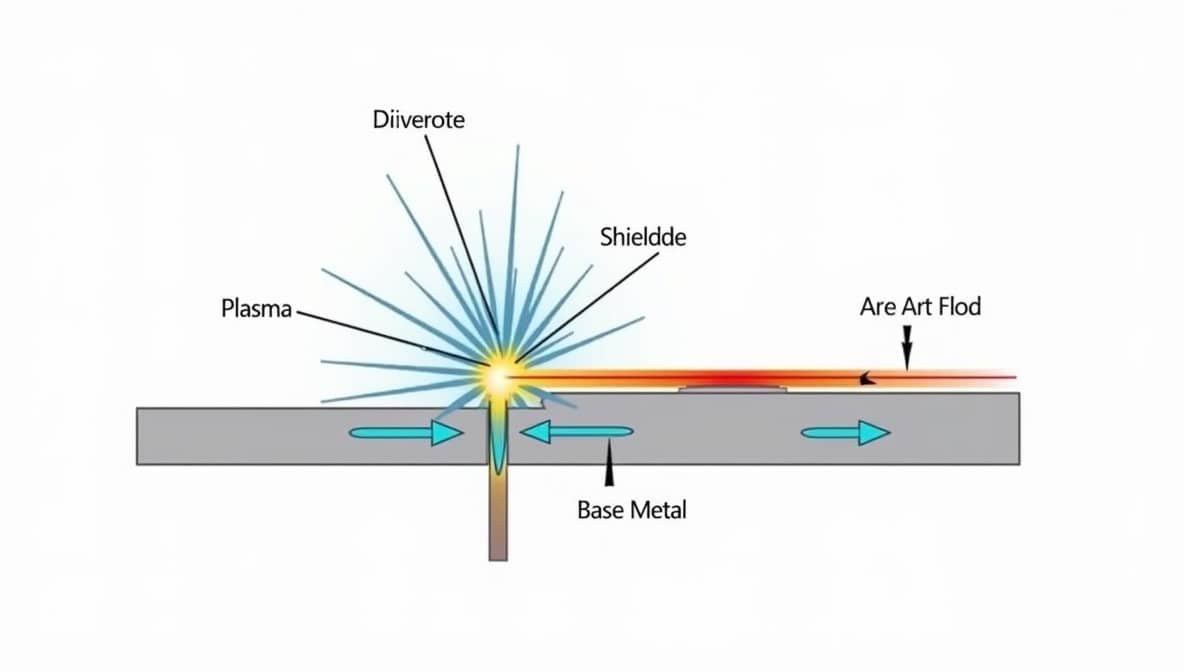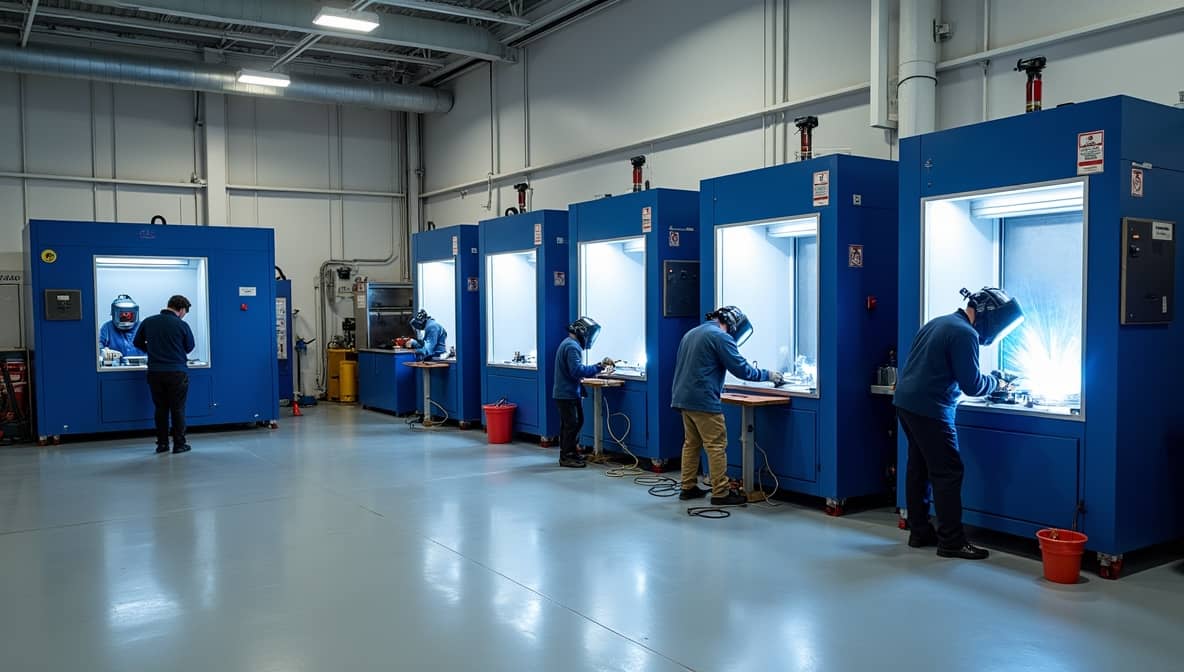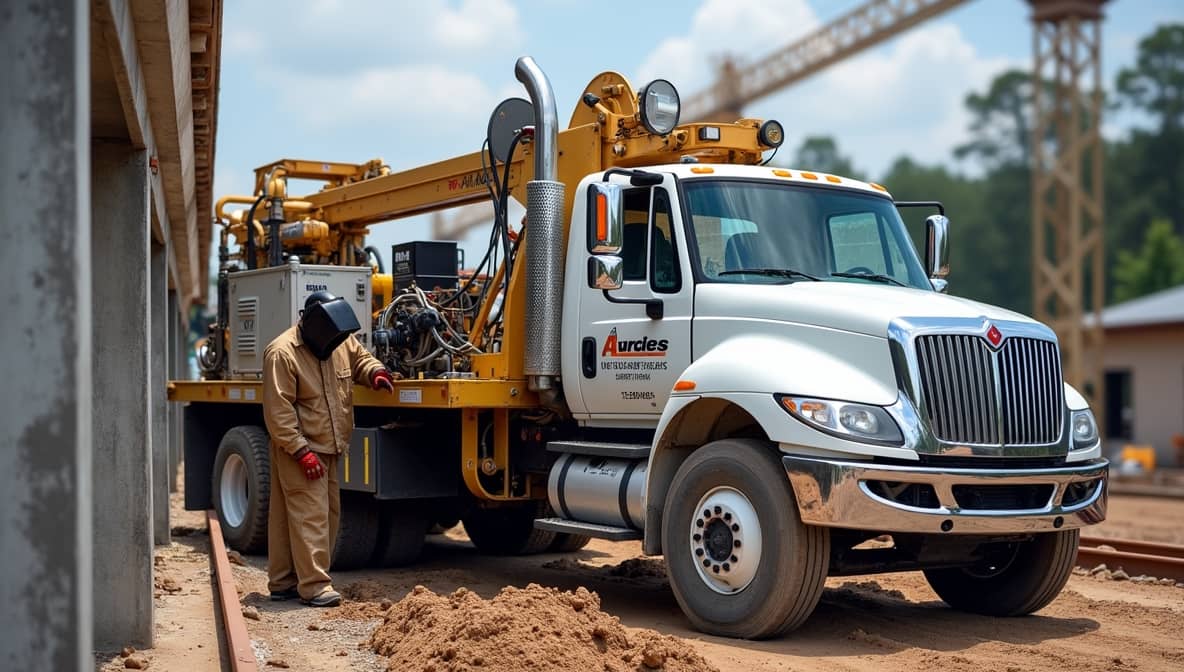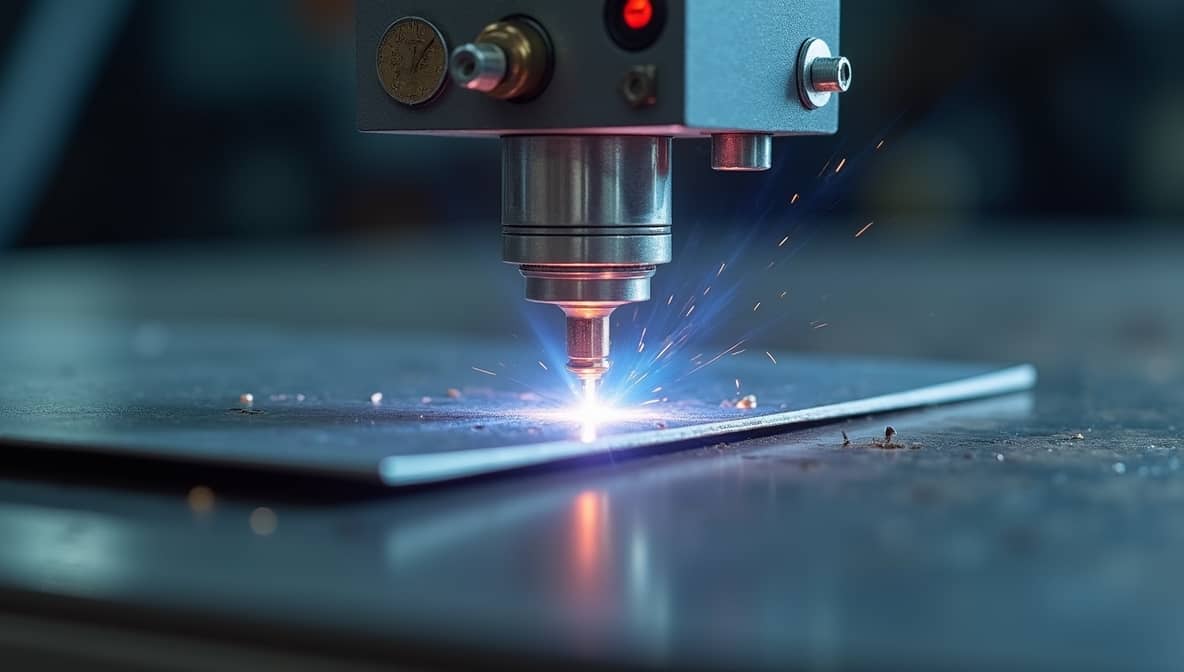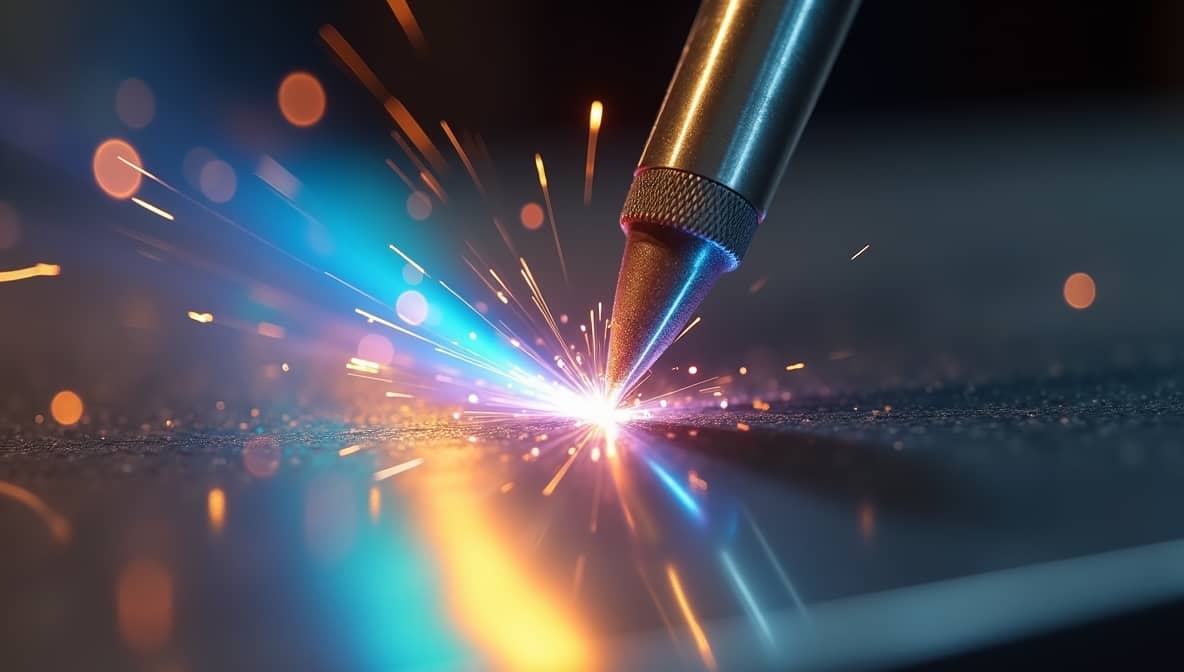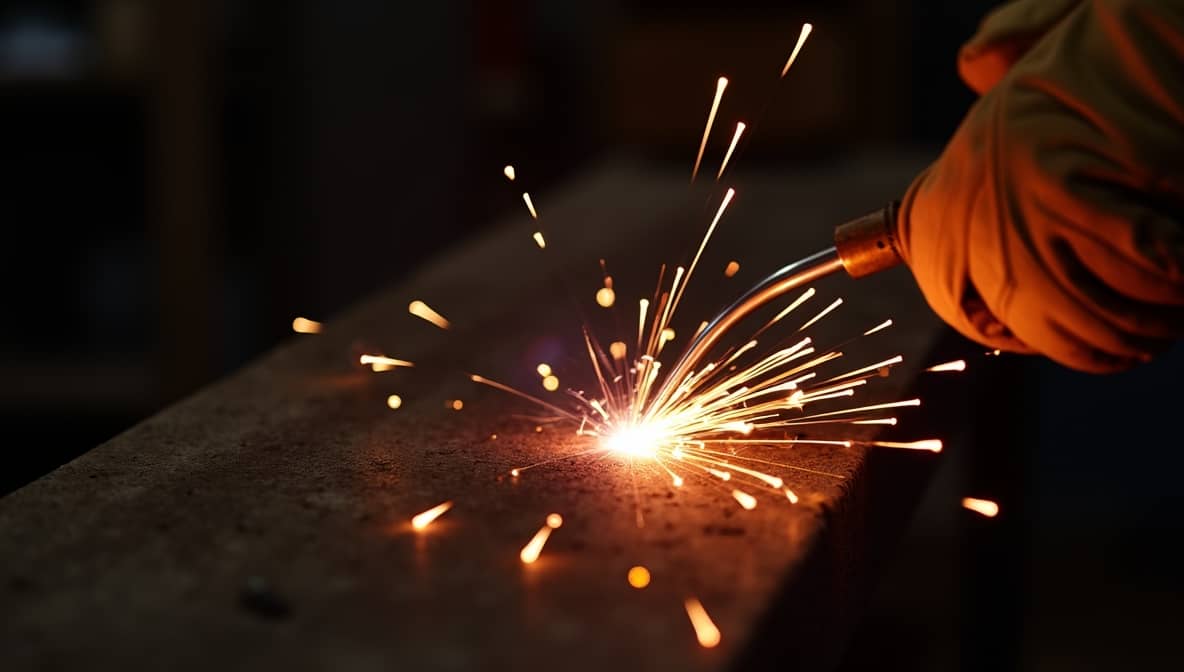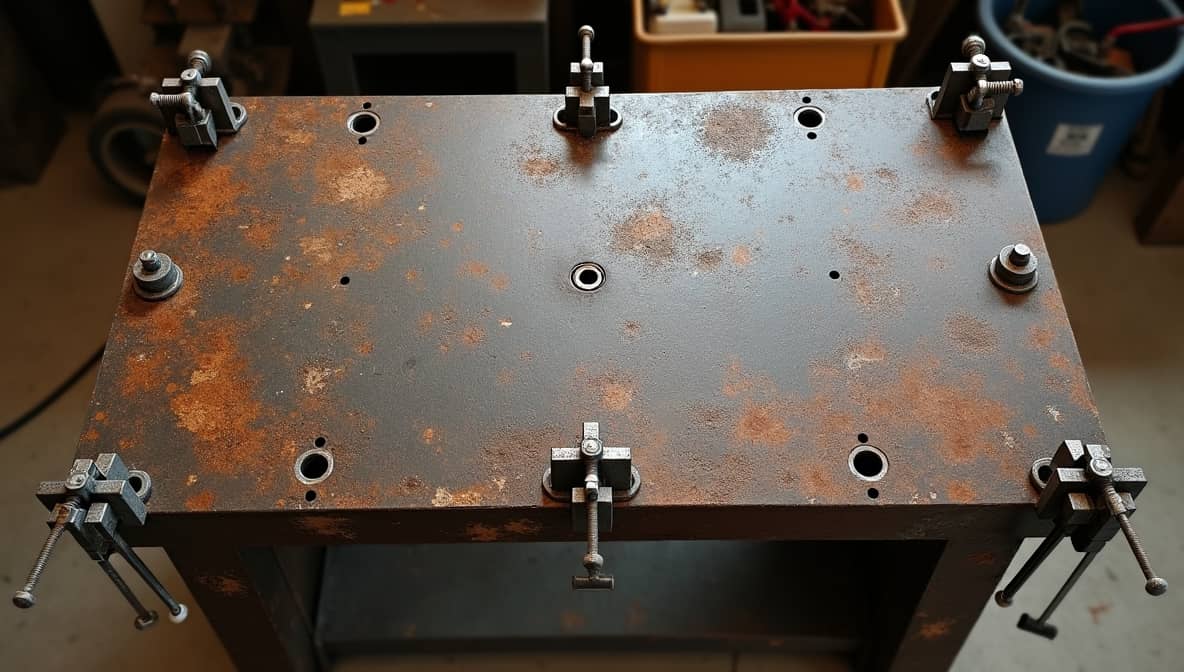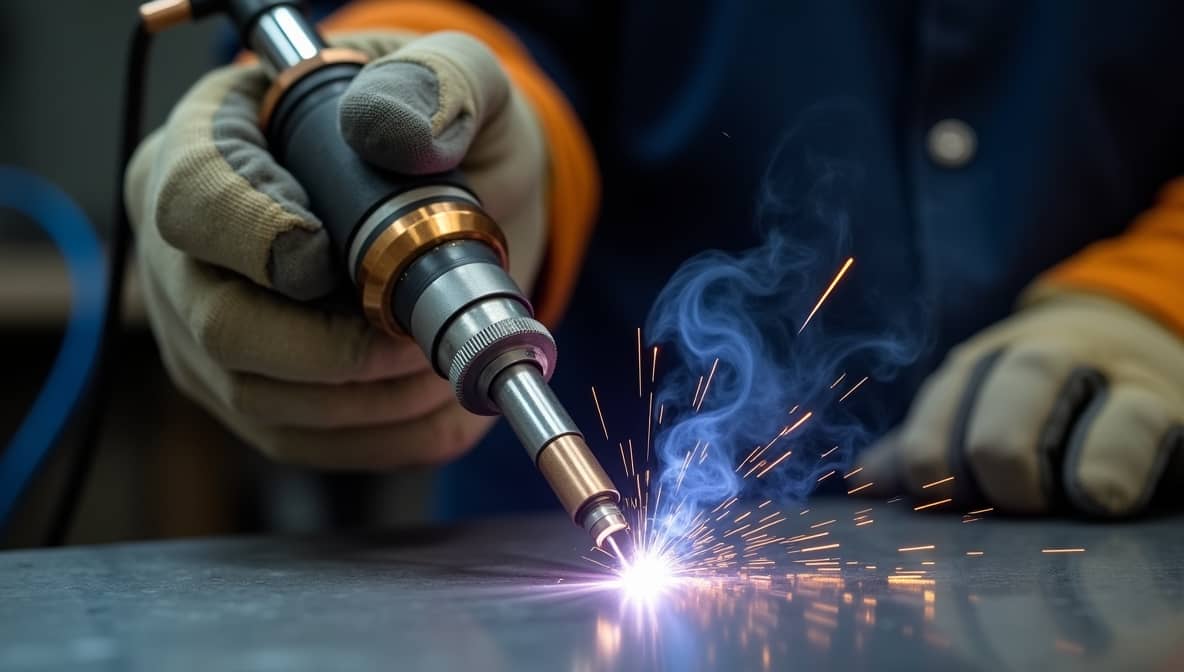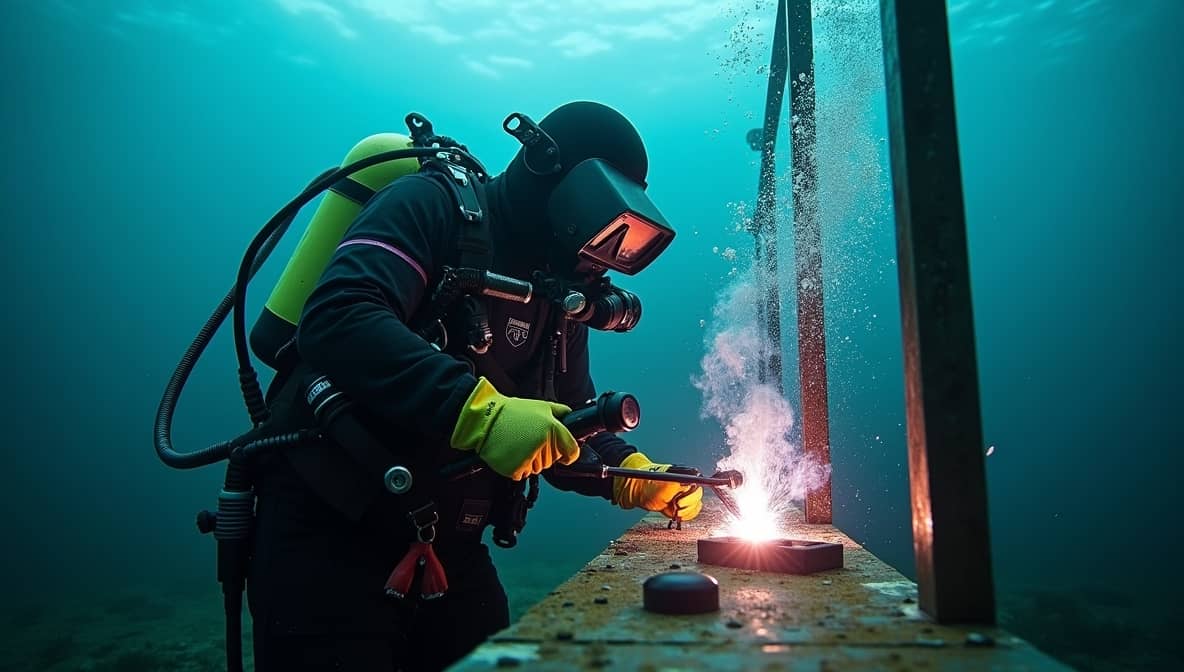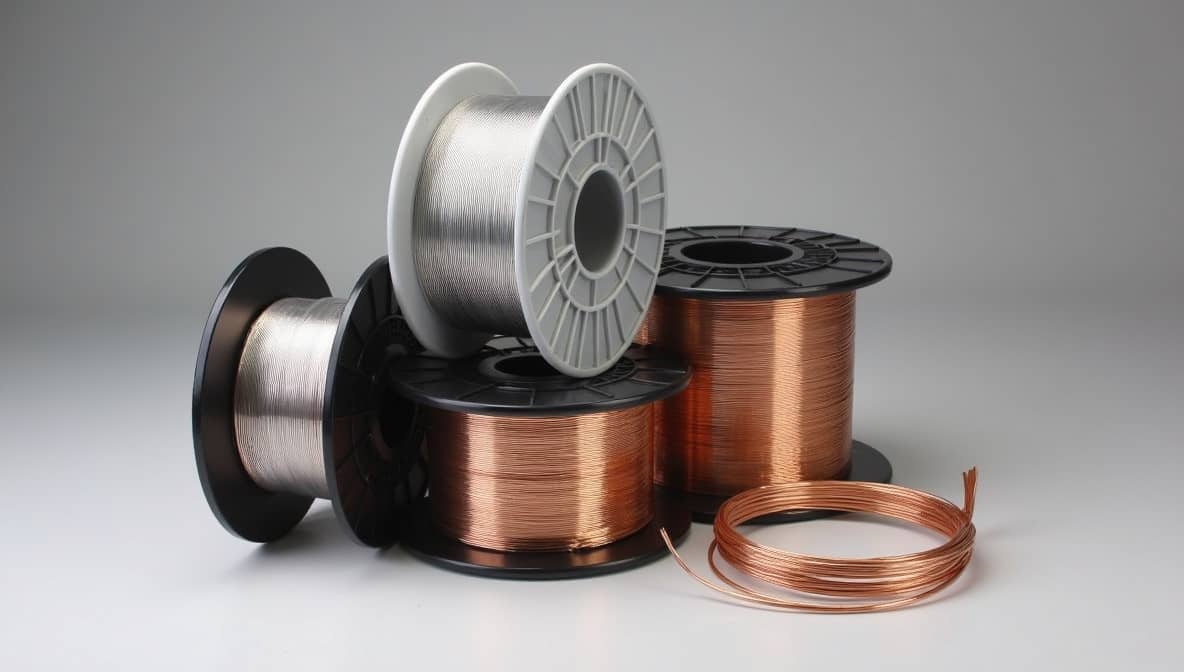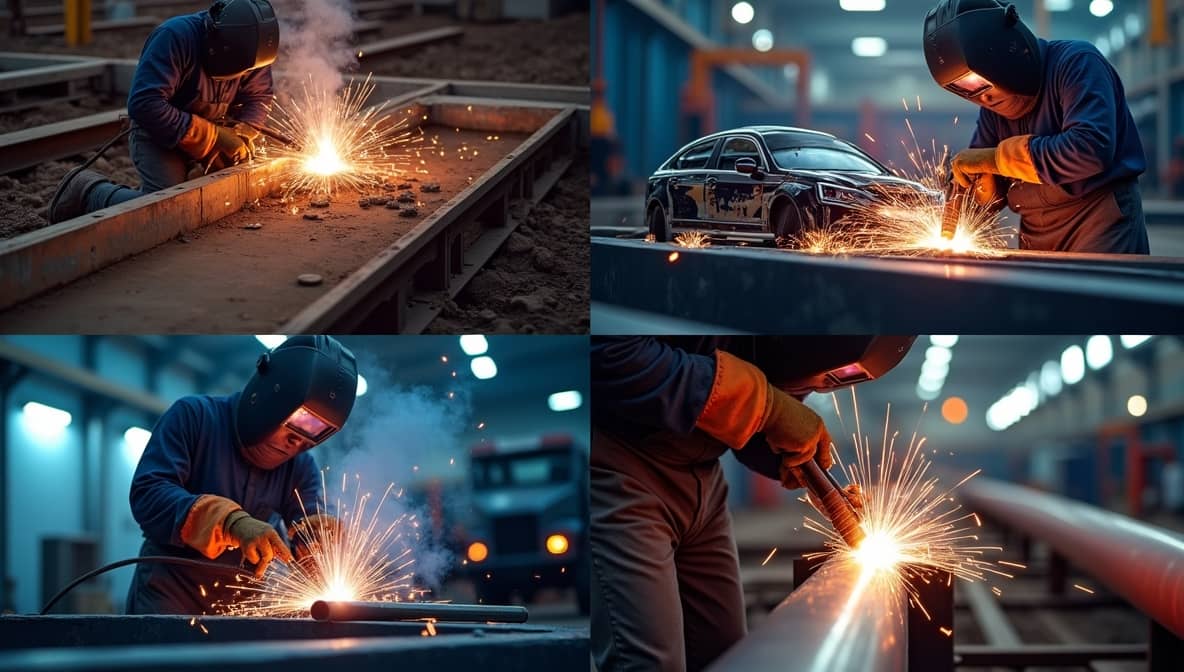Welding Wisdom for Professionals and Beginners Alike.
Start from herePrecision Welding Insights at Your Fingertips
Building Stronger Connections through Welding
Explore Welding
Discover comprehensive resources across all welding disciplines. From beginners looking to start their journey to professionals seeking advanced techniques, WeldingHubs has you covered.
Aluminum Welding
ExploreARC Welding
ExploreWelding Certificate
ExploreWelding Classes
ExploreElectrode
ExploreEngine Welding
ExploreWelding Equipment
ExploreFlux
ExploreGas Welding
ExploreHelmet
ExploreWelding Job
ExploreWelding Machine
ExploreMIG Welding
ExplorePipe Welding
ExploreWelding Process
ExploreSafety
ExploreWelding School
ExploreWelding Service
ExploreSpot Welding
ExploreStainless Welding
ExploreStick Welding
ExploreWelding Table
ExploreWelding Technology
ExploreTIG Welding
ExploreWelding Training
ExploreUnderwater Welding
ExploreWelding Wire
ExploreUses of Welding
ExploreLatest Articles
Concerns with Welding Aged Aluminum Alloys: Common Problems and Joining Difficulties
Age-hardening aluminum alloys soften significantly during fusion welding. This softening raises stress and strain concentrations, reducing mechanical properties. These concerns highlight the importance of choosing effective welding methods. Proper heat…
Cooling Aluminum After Welding: Effective Techniques, Tips, and Temperature Control
To cool aluminum after welding, use compressed dry air to prevent brittleness. Rapid cooling can make aluminum fragile. Use a heat sink to control heat. Manage the input heat to…
Connecting Aluminum Without Welding: Best Methods to Bond Square Tubes at 90 Degrees
To connect aluminum without welding, use strong adhesives. Instant adhesives, like super glue, are easy to apply but may lack durability. For a stronger bond, choose epoxy glue. This non-welding…
Chemicals in Welding Fumes Aluminum: Health Risks, Dangers, and Safety Solutions
Aluminum welding fumes contain fumed particles, primarily aluminum and aluminum oxide. They also include alloy metals like copper, zinc, magnesium, silicon, manganese, and lithium. Some fumes originate from the base…
CFH for TIG Welding Aluminum: Best Practices and Tips for Beginners
TIG welding parameters for aluminum include gas flow rates in cubic feet per hour (cfh). Use 25 cfh for a 3/16 inch thickness in flat and horizontal/vertical positions. For overhead,…
CFR 33 Clad Welding Aluminum: Safety, Regulations, and Best Practices Explained
According to 33 CFR, operators must remove all flammable vapors from containers and pipelines before starting clad welding aluminum. They must follow safety regulations and welding standards. Compliance is critical,…
CFM for Welding Aluminum: Effective Tips for Fume Extraction and Ventilation
For aluminum welding, aim for 100 to 200 CFM for fume extraction, based on nozzle size. Use 15 CFM for a 2” nozzle. MIG welding requires at least 8 air…
Changing Torch from Acetylene to Hydrogen: A Step-by-Step Guide to Aluminum Welding
Hydrogen offers several benefits over acetylene for aluminum welding. Its carbon-free gas results in cleaner welds and lowers oxidation risk. A neutral flame from hydrogen is effective for various metal…
Chamfer for Welding Aluminum: Essential Tips, Tools, and Techniques for Success
A chamfer for welding aluminum is a 45° angle cut on the edge of the material. This weld preparation improves weld penetration and joint strength. Use a 2-flute end mill…

